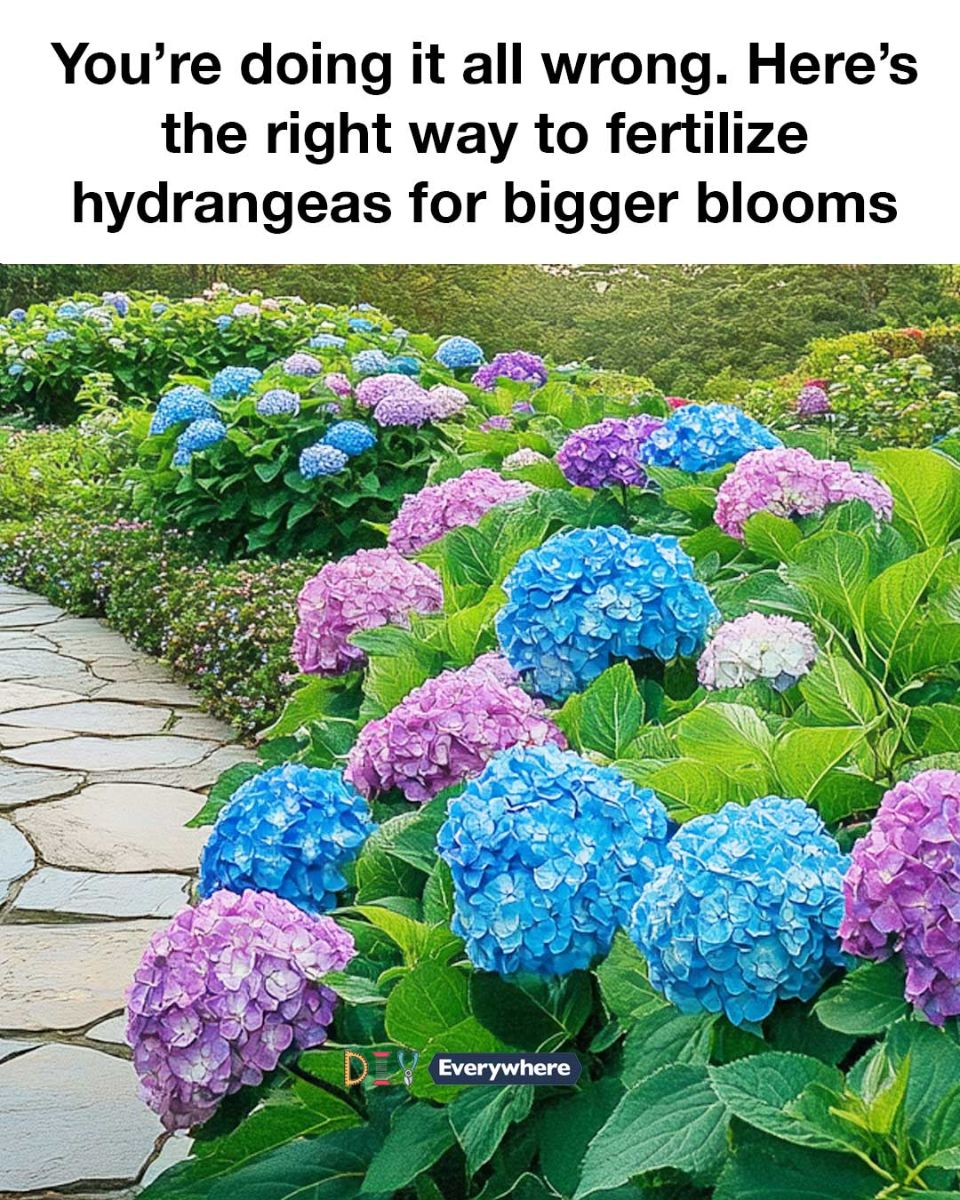Hydrangeas are a beloved staple in many gardens, known for their lush, voluminous blooms and vibrant colors. However, achieving those show-stopping flowers can be a challenge if you’re not fertilizing correctly. Many gardeners unknowingly make mistakes that can hinder their hydrangeas from reaching their full potential.
In this article, we’ll explore the right way to fertilize hydrangeas to ensure you get the biggest and most beautiful blooms possible. From understanding the specific needs of different hydrangea varieties to mastering the timing and application of fertilizers, we’ll cover everything you need to know to transform your garden into a hydrangea haven.
1. Understanding Hydrangea Varieties
Hydrangeas come in several varieties, each with its unique characteristics and fertilization needs. The most common types include the Bigleaf (Hydrangea macrophylla), Panicle (Hydrangea paniculata), Smooth (Hydrangea arborescens), and Oakleaf (Hydrangea quercifolia). Each type has different bloom times and soil preferences, which can affect how you should fertilize them.
For example, Bigleaf hydrangeas are known for their ability to change color based on soil pH, while Panicle hydrangeas are more tolerant of different soil conditions. Understanding these differences is crucial because it influences the type of fertilizer you should use and how often you should apply it.
2. The Importance of Soil pH
Soil pH plays a critical role in the color and health of hydrangea blooms, particularly for Bigleaf hydrangeas. A pH of 5.5 or lower will produce blue flowers, while a pH of 6.0 or higher will result in pink blooms. Testing your soil pH is the first step in determining the right fertilization strategy.
You can use a soil pH test kit, available at most garden centers, to measure your soil’s acidity or alkalinity. Adjusting the pH can be done by adding lime to raise it or sulfur to lower it, but these changes should be made gradually and monitored regularly.
3. Timing Your Fertilization
Timing is everything when it comes to fertilizing hydrangeas. The best time to fertilize is in early spring, just as the plants are beginning to leaf out. This timing ensures that the nutrients are available when the plants need them most for growth and bloom production.
A second application can be made in early summer, but avoid fertilizing after August as this can encourage new growth that may not harden off before winter, leading to damage.
4. Choosing the Right Fertilizer
Selecting the right fertilizer is crucial for promoting healthy growth and abundant blooms. A balanced, slow-release fertilizer with an N-P-K ratio of 10-10-10 or 12-4-8 is generally recommended for hydrangeas.
For those looking to enhance bloom color, specific fertilizers that adjust soil pH can be used. For instance, aluminum sulfate can be added to encourage blue blooms, while superphosphate can help maintain pink hues.
5. How to Apply Fertilizer Correctly
Proper application of fertilizer is key to avoiding damage and ensuring even distribution of nutrients. Begin by spreading the fertilizer evenly around the base of the plant, keeping it away from the stems to prevent burning.
Water the fertilizer in thoroughly to help it penetrate the soil and reach the roots. Be sure to follow the manufacturer’s instructions regarding the amount to use, as over-fertilizing can lead to excessive foliage growth at the expense of blooms.
6. Popular Fertilization Hacks: What Works and What Doesn’t
Next Page

